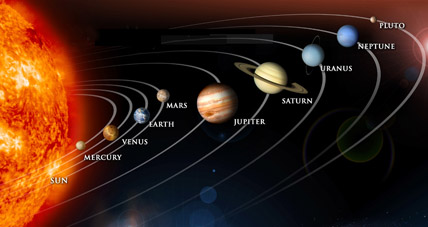Good morning everybody!! We have chose this topic and this is our summary:
Prehistoric Facts

Prehistory, meaning before history, is the span of time before recorded history or the invention of writing systems. It refers to the period of human existence before the availability of those written records with which recorded history begins. More broadly, it can refer to all the time preceding human existence and the invention of writing. See the fact file below for more information about prehistoric times.
- The Earth is 4.5 billion years old, but humans have only walked on the planet for 190,000 years. The earliest living organisms were microscopic bacteria, which showed up in fossils as early as 3.4 billion years ago.
- Many things had happened in that time. The Earth formed and oxygen levels rose. About 800 million years ago, oxygen levels reached about 21 percent and began to breathe life into more complex organisms. The oxygen-rich ozone layer was also established, protecting the Earth’s surface from harmful solar radiation.
- The Paleozoic era gave rise to hard-shelled organisms, vertebrates, amphibians, and reptiles.
- During the Mesozoic Era, dinosaurs ruled the Earth.
- 64 million years after dinosaurs became extinct, modern humans emerged in the Cenozoic era.
- Humans have really been on the planet for a fraction of the lifetime of the Earth. Archeologists estimate that modern humans have been on the Earth for about 200,000 years. They believe this occurred in the Middle Palaeolithic period in southern Africa.
- Humans are a member of a species of bipedal primates (this means they walk upright on two legs, which allowed them to use their hands) in the family Hominidae. Everyone on Earth is a homo sapien. This is Latin for the term, “wise human”. Humans have highly developed brains, a bipedal gait, and opposable thumbs, which allow the thumb to lock something into the hand like a tool or a weapon.
- 70,000 years ago, humans migrated out of Africa and began colonizing the entire planet. People spread to Eurasia and Oceania 40,000 years ago, and reached the Americas 14,500 years ago.
- One of the oldest sites of human settlement is located at Middle Awash in Ethiopia, where humans lived 160,000 years ago.























.jpg)

